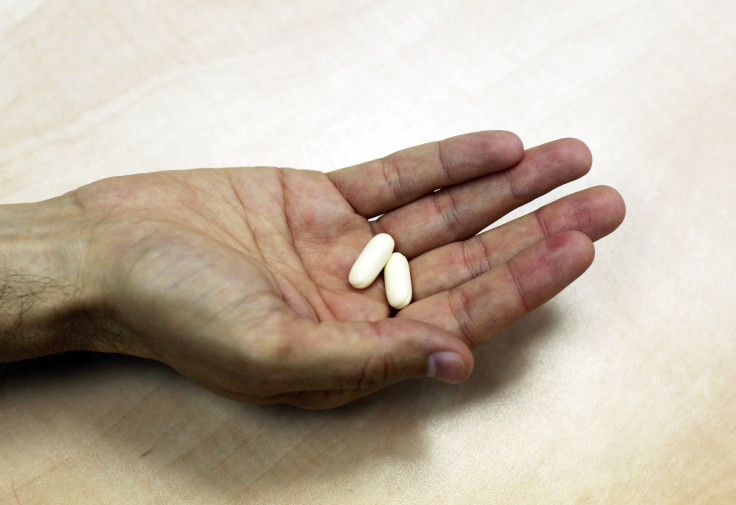US approves first 3D-printed pill for human consumption

The US Food and Drug Administration has given its nod for the first 3D-printed pill, safe for human consumption. The pill named Spritam, is used for the treatment of epilepsy related siezures.
Aprecia, the pharmaceutical company behind Spritam, developed the pill to control seizures brought by epilepsy in adults and children. Spritam has a unique structure that dissolves considerably faster than other drugs, which patients say are hard-to-swallow pills.
The company said the 3D-printed drug will allow doctors and pharmacists to deliver the exact dose intended for each prescribed medication. The technique, according to experts, offers the potential to produce tailored drugs based on the specific needs of patients, simply making each pill completely uniform rather than having one-product-fits-all-medication.
"For the last 50 years we have manufactured tablets in factories and shipped them to hospitals and for the first time this process means we can produce tablets much closer to the patient," Dr Mohamed Albed Alhnan, lecturer in pharmaceutics at the University of Central Lancashire, said.
The print technique works by creating an object layer by layer using the organic or inorganic materials. However, prior to the approval, 3D printing has already been adapted in healthcare for transplant tools and even customised implants, including tracheas and bones, as well as ears, kidneys and skin. The technique could one day help cover the massive shortage in donor organs for patients with injuries or other conditions, according to experts.
Apricia said the new drug will be launched in 2016, and there will be further developments on medication using its 3D platform. The company also has a separate technology known as ZipDose, developed to make high-dose medications easier to swallow than current tablets.
The Centers for Disease Control and Prevention, or CDC, reported about three million people have active epilepsy in US, including 2.4 million adults and about 460,000 children aged 0-17 years in the latest estimates, while approximately 50 million people are currently living with epilepsy worldwide. The National Institute of Neurological Disorders and Stroke, or NINDS, said with the vast number of people with the disorder, there are more than 20 anti-seizure medications or antiepileptic drugs available in the market through prescription.
Contact the writer at feedback@ibtimes.com.au




















